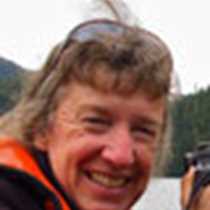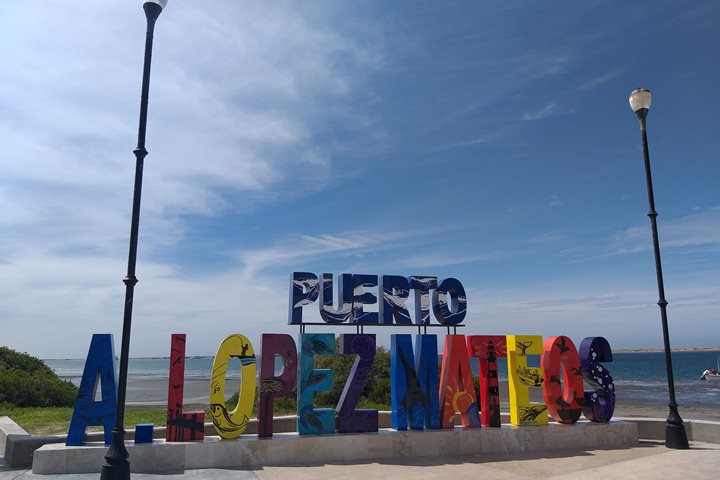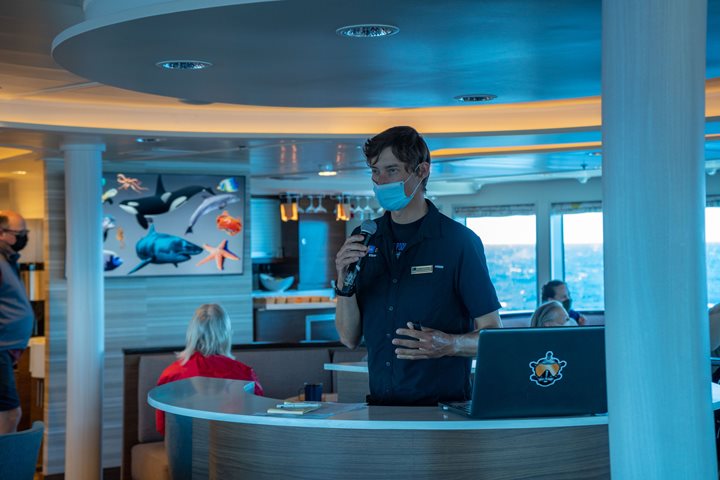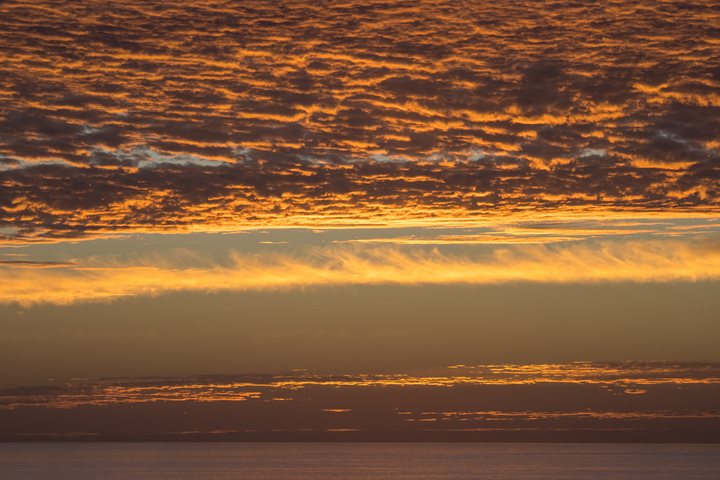In a dune environment each day that the wind blows, the message board of sand becomes a clean slate. The happenings of the early morning hours on Isla Magdalena were laid out before us, we just needed to interpret the writings in the sand to see what life had been up to. Minute starburst patterns in the moist sand told us of the minutia of a crab’s life, they scraped bits of sand into their mouths, worked out the planktonic goodies, and let fall from their mandibles the tiny sand pills that drew the interesting burst patterns. The depression just between the shoreline and high dunes had what looked like emaciated bowling pins strewn about. These were the propagules of the red mangroves. If they end up stuck in the muck at the right water level, they may put out roots and leaves and become important players in shoreline protection and ultimately fish nurseries and bird rookeries.
We had our sights set on larger targets as well, our destination of the morning; the Pacific Ocean. Our path matched the undulation of the dunes as we respected the effort by the vegetation it takes to not only survive but thrive in this desert environment. Milkweed dangled waxy clusters of pink tinged flowers; locoweed waved bunches of dark purple blossoms and carried the miniature balloons of pink veined seed pods as well.
The beach on the west side of the island was literally tiled with the familiar round disks we all know as sand dollars. In Mexico they are called “Galletas del Mar” or sea cookies, an interesting albeit crunchy thought. One of the most impressive aspects of our morning walk on the island and the two beaches was what we did not see: houses, hotels, infrastructure. Our view was easily 20 to 30 miles and except for a little temporary fish camp on the beach, there was nothing else we could see built by human hands.
The wild state of the landscape continued as we navigated north for the afternoon up Canal de Soledad. Winding through mudflats and mangroves we observed a number of birds foraging, all probing with sensitive beaks in the newly exposed mudflats. As we turned the corner at Colima coyote, we looked in earnest for gray whales.
Not to be disappointed the pfft! sound of blows were soon nearby, and the mottled gray and white bodies of mother and baby gray whales swam in unison, linked with breath.
Our next day and a half will be dedicated to observing these whales in the shallow, warm, protected cradle of water called Magdalena Bay.







